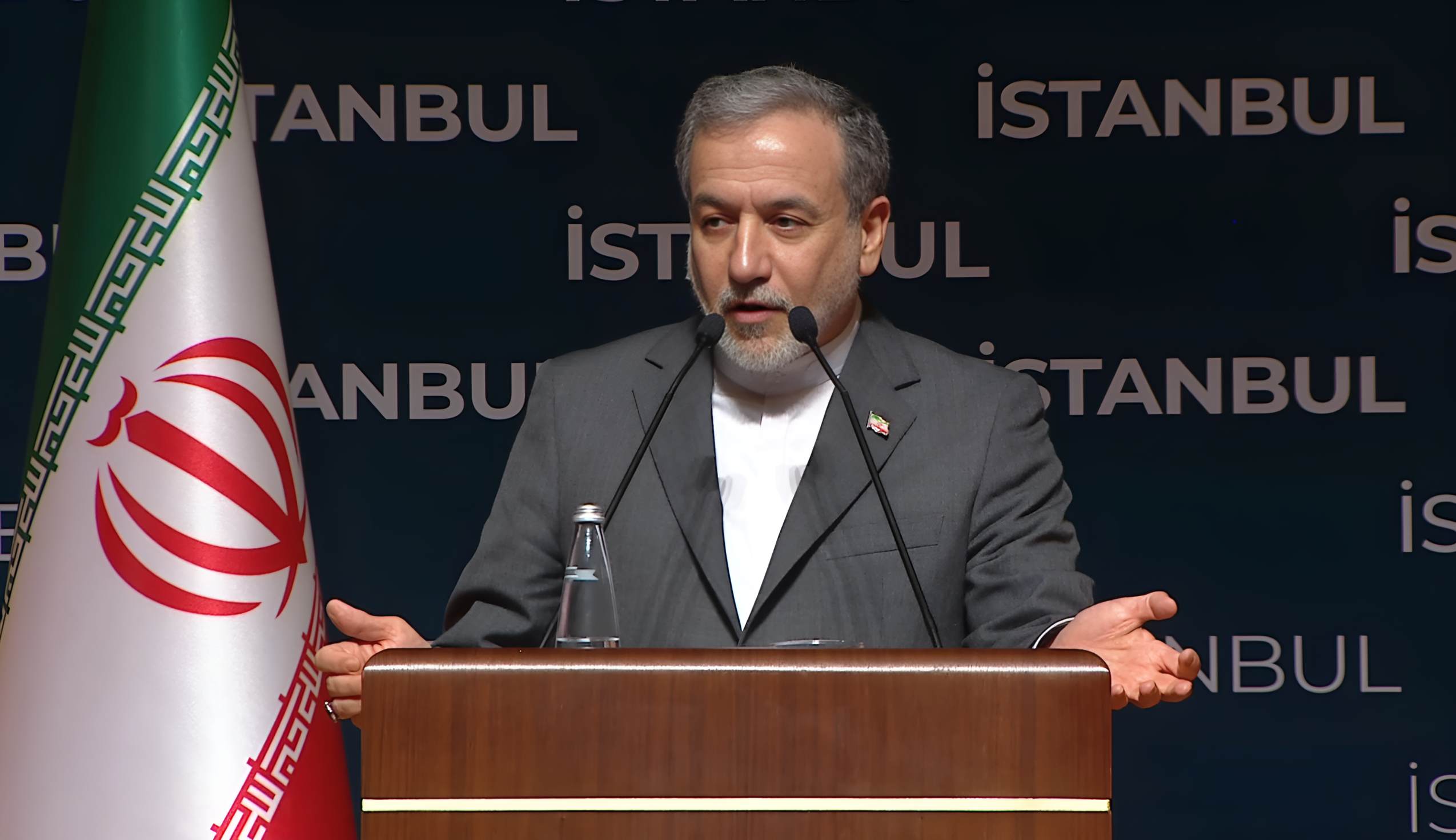Iran vows to expand nuclear program after US-Israel strikes decimate key sites

Iran’s Foreign Minister, Abbas Araghchi, condemned the US action as a violation of a "major red line" and declared the diplomatic phase over.
Iran has reaffirmed its commitment to expanding its nuclear program, despite recent military strikes by both the United States and Israel targeting key atomic sites.
According to Behrouz Kamalvandi, spokesperson for the Atomic Energy Organization of Iran (AEOI), the country will press ahead with plans unveiled in 2023 to develop 20 gigawatts of nuclear power across several provinces.
This statement follows a wave of coordinated attacks on Iranian nuclear facilities, beginning on June 13, 2025, when Israeli forces struck multiple locations, including the Natanz Fuel Enrichment Plant, the Esfahan site, the TESA Karaj workshop, the Tehran Research Centre, and the Khondab Heavy Water Reactor.
The assaults caused extensive damage, notably destroying Natanz’s above-ground Pilot Fuel Enrichment Plant and severely impacting electrical infrastructure and centrifuge manufacturing units.
Tensions escalated further on June 22 when the United States, under the command of President Donald Trump, launched a direct assault on three major Iranian nuclear installations Fordo, Esfahan, and Natanz.
Utilizing B-2 stealth bombers, bunker-buster bombs, and over 30 Tomahawk missiles, the strikes were aimed at crippling Iran’s nuclear capacity.
While the attacks delivered heavy blows to Iran’s enrichment capabilities and facilities critical for civilian energy and potential weapons development, Iranian officials remain defiant.
The AEOI described the US-led strike as a “savage assault,” but emphasized that the attacks would not derail their nuclear ambitions.
In response, Iran launched a retaliatory missile barrage of 40 projectiles, including Khorramshahr-4 missiles, targeting Israel.
Israeli defense forces quickly intercepted the missiles and responded with strikes on military assets in western Iran.
Iran’s Foreign Minister, Abbas Araghchi, condemned the US action as a violation of a "major red line" and declared the diplomatic phase over.
Meanwhile, the International Atomic Energy Agency (IAEA) confirmed that although the strikes caused localized chemical and radiological contamination, no significant off-site radiation levels were detected.
The situation has triggered international concern. United Nations Secretary-General António Guterres labeled the US strikes a “dangerous escalation,” amid widespread calls for renewed diplomacy.
However, prospects for negotiation remain bleak following the collapse of the 2015 Iran nuclear deal (JCPOA), which the Trump administration abandoned during his previous term.
Though Iran insists its nuclear program is peaceful and focused on energy generation, a US intelligence assessment released in March 2025 indicated that while Iran had not restarted its weapons program, it retains the capability to produce weapons-grade uranium swiftly if it chooses to.
President Trump, who bypassed congressional approval for the strikes, declared that the attacks had “completely and fully obliterated” Iran’s key nuclear infrastructure and warned of further action if Iran retaliates. “There will either be peace or there will be tragedy for Iran,” he said a stance echoed by Israeli Prime Minister Benjamin Netanyahu.
Despite the scale of destruction, Iranian authorities remain steadfast in pursuing nuclear development, positioning the current conflict as a pivotal moment in the longstanding standoff over Tehran’s nuclear ambitions.
